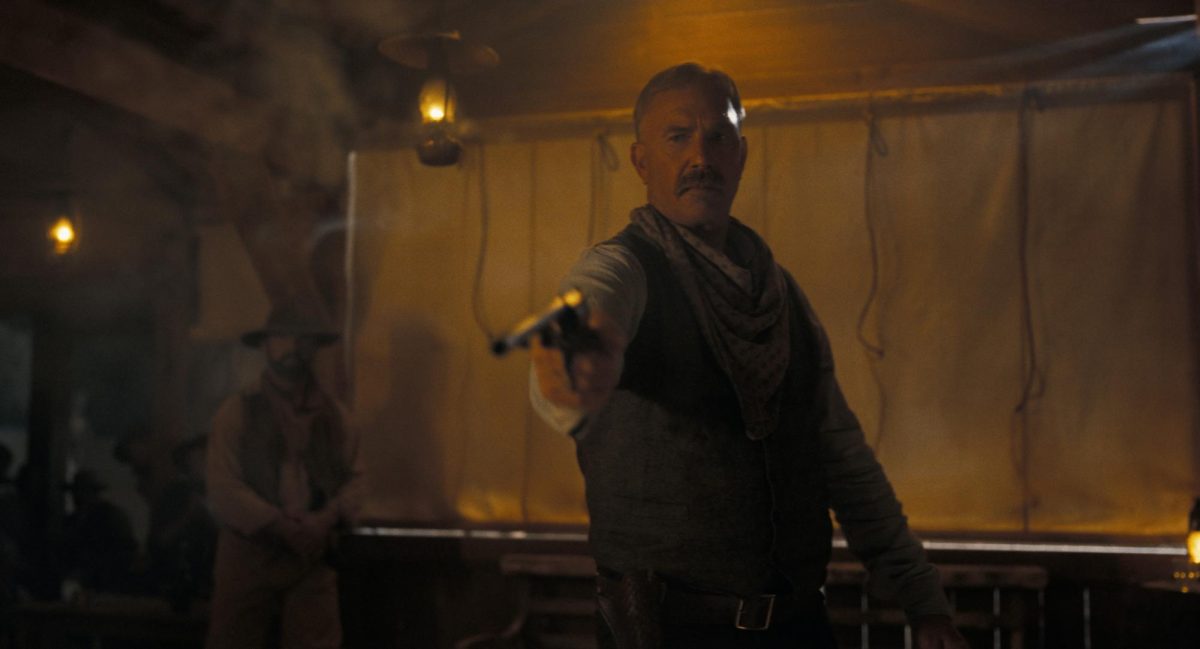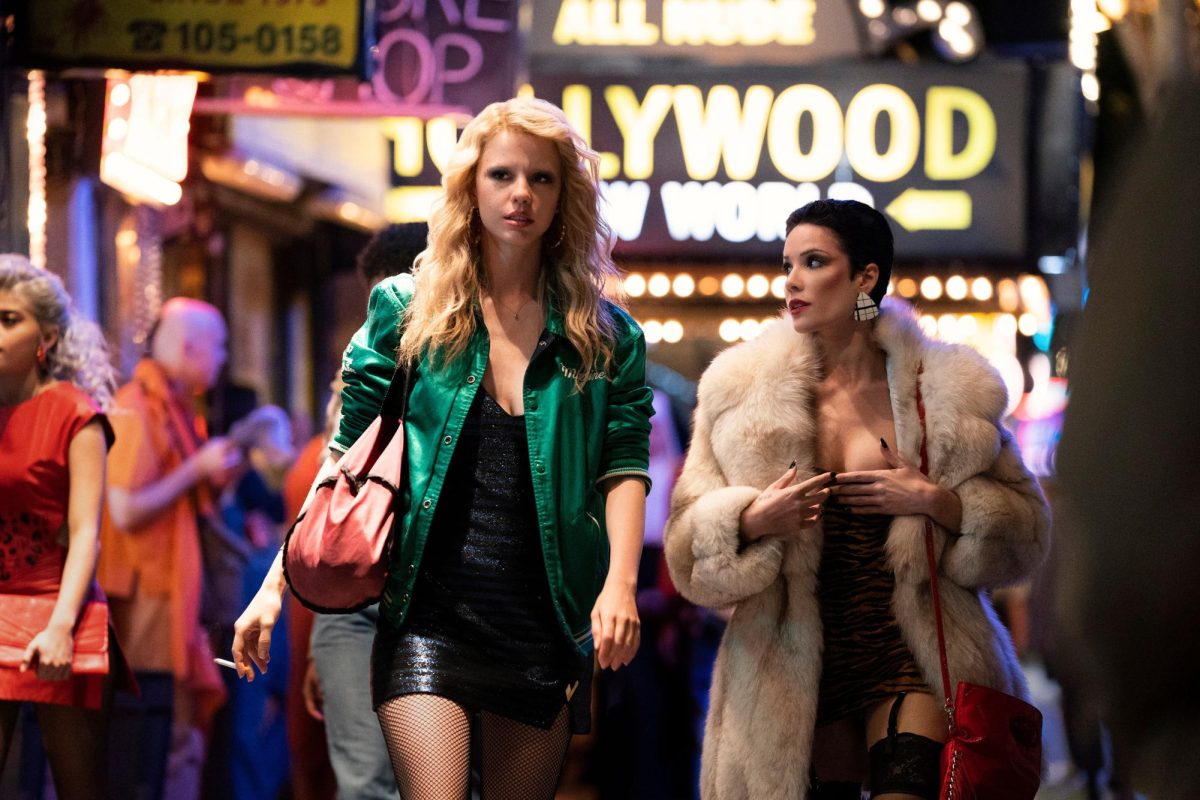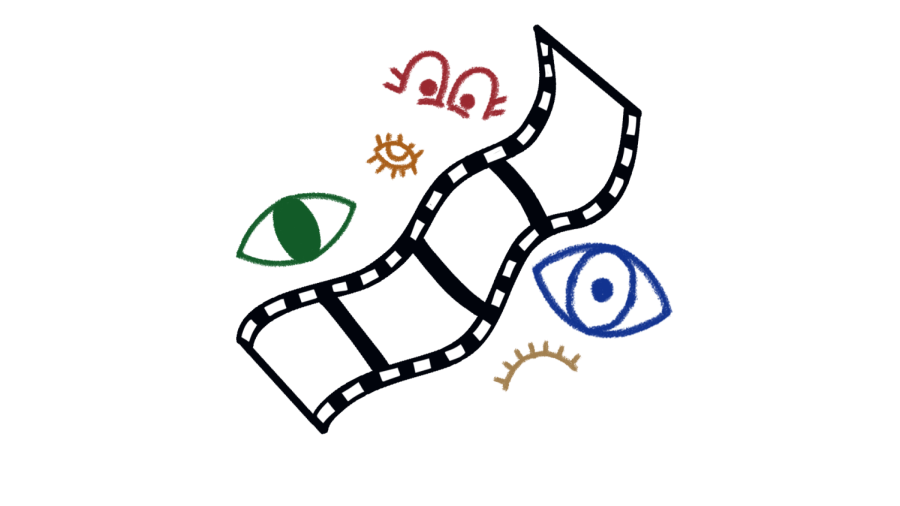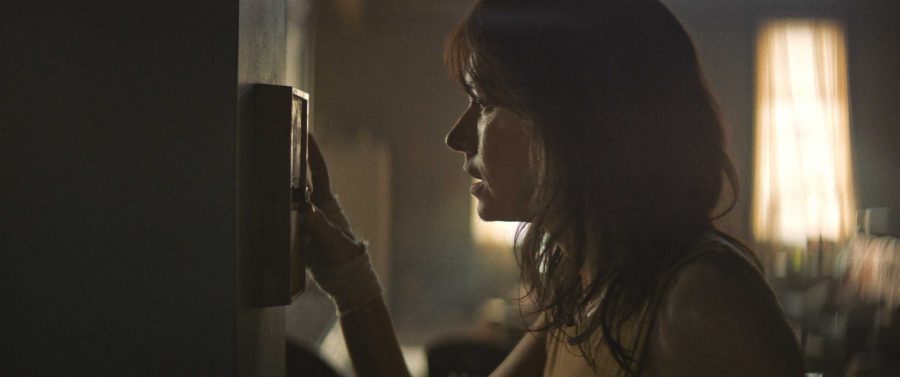Set in the Summer of Sam, “The Wolf Hour,” which premiered at the 2019 Sundance Film Festival, stars Naomi Watts (“King Kong”) as June Leigh, a once flourishing feminist author stricken with crippling agoraphobia, who confines herself to her late grandmother’s South Bronx apartment after the fallout from her last failed novel. Watts does an excellent job portraying June’s emotional collapse as she is trapped in the apartment by her own fear.
The summer of 1977 shook New York City to the core. A heat wave, rising poverty and the Son of Sam murders left New Yorkers paranoid and on edge. Tensions rose throughout the entire city. There were blackouts and riots, leaving some neighborhoods nothing but rubble and smoke. “The Wolf Hour” allows the audience to experience those tensions through the eyes of June, who in turn is experiencing the Summer of Sam isolated. There’s a nod towards Alfred Hitchcock’s “Rear Window” in the way that June experiences escalating suspense as she peers out from the confines of her apartment.
Amplifying the tension is the assaulting buzz of June’s apartment intercom, which goes off several times a day. June answers the intercom only to find silence on the other end. The buzzer is authentic and jolting every time it goes off, and the image of the intercom itself becomes a cause for suspense. Mirrored in the buzzing of flies hitting the glass of June’s apartment windows, the intercom buzzer is a constant looming threat.
The supporting characters in “The Wolf Hour” are used to provide context and introduce elements of June’s damaged mental state. She invites various characters into her apartment and they, in turn, give her a glimpse of the outside world, while also pushing her to leave. An old friend comes to help clear out June’s apartment, and their discourse provides a backstory for June’s current phobia. The sleazy cop responding to June’s harassment claims tells her about a fight over an ice cream cone which ends with someone dead. A sex worker she calls parodies the words in the Son of Sam letters. Every character is covered in sweat and grime. These small details show just how affected the people of New York City were during this time. The heat and paranoia seeped into everyone’s consciousness, waiting for a spark.

“The Wolf Hour” was shot in an impressive 15 days. Most of the film takes place in June’s apartment with 12 days spent shooting on the apartment set and the remaining time dedicated to exterior shots in New York City.
Described by writer and director Alistair Banks Griffin to Sundance attendees as a “slow burn,” the film builds tension constantly but leaves the audience wondering what the tension is building towards. Subtle notes are scattered throughout the film, pushing the viewer towards one suspicion, then backing away and moving into a completely different direction. June’s long brown hair makes her the perfect victim for the Son of Sam. There’s implied suspense, a question as to whether or not Sam himself will play a role in the film or if the Son of Sam murders will simply remain in the backdrop.
Without spoilers, the end of “The Wolf Hour” is predictable and unsatisfactory for the amount of work put into all of the suspense building. The film is a psychological thriller without the thrill. “The Wolf Hour” ultimately doesn’t introduce new ideas or challenge old ones. There is no twist or surprise to shock the audience. Despite little reward, the film is still an intriguing period piece illuminating a tumultuous time in New York City.















Tiff • Feb 1, 2019 at 2:49 pm
Omg. I loved it. I thought it was beautiful
Truly magical